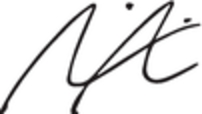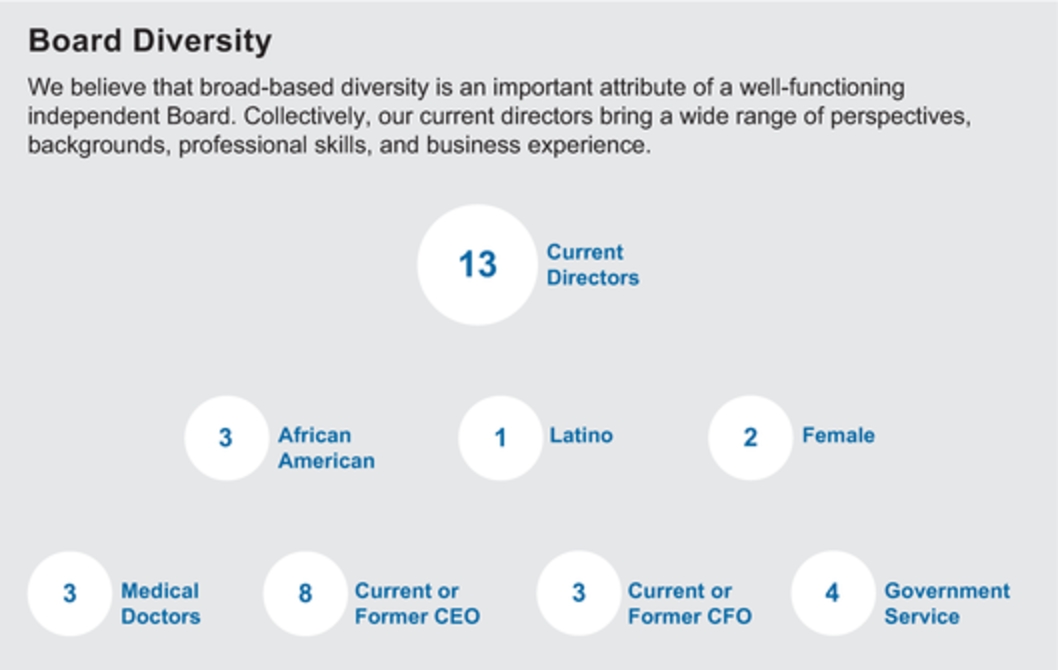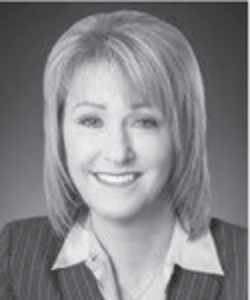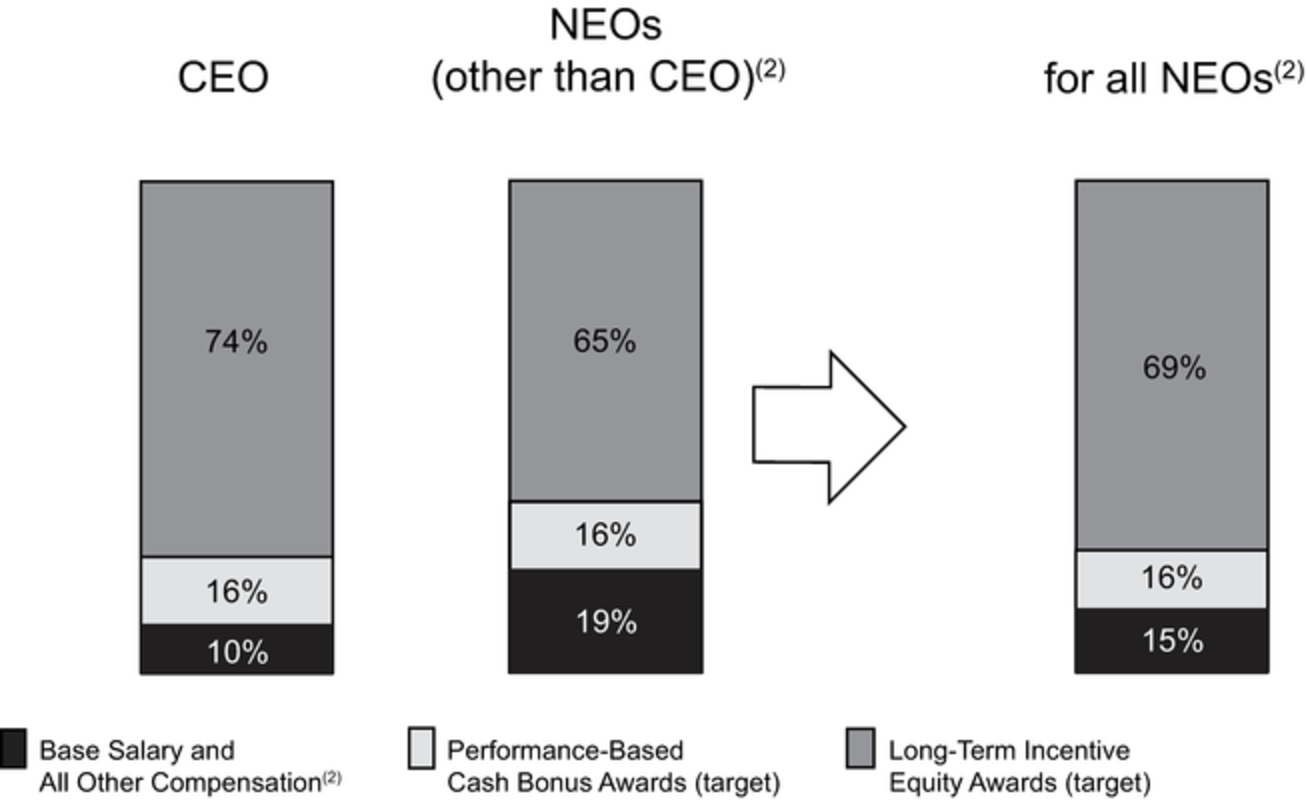STOCKHOLDER PROPOSALS FOR 2018 ANNUAL MEETING
Certain stockholders have submitted the two proposals set forth below. The proposals have been carefully considered by our Board, which has concluded that adoption of the proposals would not be in the best interests of the Company or its stockholders. For the reasons stated after each proposal, our Board recommends a vote AGAINST each of the stockholder proposals.
The proposals and supporting statements are presented as received from the stockholders in accordance with SEC rules, and we (and our Board) disclaim any responsibility for their content. All references to “we” in the proposal and supporting statement are references to the proponents and not our other stockholders, us, or our Board. We will furnish, orally or in writing as requested, the names, addresses and claimed stock ownership positions of the proponents of each proposal promptly upon written or oral request directed to our Corporate Secretary, Express Scripts Holding Company, at One Express Way, St. Louis, Missouri 63121.
Each stockholder proposal is required to be voted upon at the annual meeting only if properly presented at the meeting by the stockholder proponents. The proponents have informed us that each intends to present the proposal and related supporting statement at the annual meeting.
Information regarding the inclusion of proposals in the proxy statement for our 2019 annual meeting of stockholders can be found on page 77 under “Other Matters — Future Stockholder Proposals.”
Proxy Item No. 4:
Stockholder proposal requesting that the Company report annually to the Board and stockholders identifying whether there exists a gender pay-gap among the Company’s employees and other related disclosures.
RESOLVED: Shareholders request that Express Scripts Holding Company report annually to the board and shareholders, identifying whether there exists a gender pay gap among the company's employees, and if so, the measures being taken (policies, programs, goals etc.) to eliminate any such pay disparities and to facilitate an environment that promotes opportunities for equal advancement for women. The gender pay gap is defined as the difference between male and female earnings expressed as a percentage of male earnings according to the Organization for Economic Cooperation and Development. The report should be prepared by December 2018 at reasonable cost and omit proprietary information. We encourage the company to also address pay equity across race/ethnicity.
Supporting Statement
Women earn about 80 cents for every dollar earned by their male peers. Differences in age, education, years of experience etc. may explain some of this difference. However, a study by Glassdoor (Demystifying the Gender Pay Gap) of over 500,000 self-reported salary data points on its website shows that even after adjusting for these factors, there is an unexplained, statistically significant pay gap of 5.4% (the adjusted gender pay gap) between men and women in the US.
The study also revealed that the healthcare and insurance industries both have an adjusted gender pay gap of 7.2% - the largest of 25 industries studied. This means that women earn about 93 cents for every dollar earned by men "working in the same job title, same company, and with similar background and experience," (https://research-content.glassdoor.com/app/uploads/sites/2/2016/03/Glassdoor-Gender-Pay-Gap-Study.pdf). This gap is 33% higher than the average adjusted gender pay gap for the US.
The gender pay gap is real - salesforce.com twice commissioned analyses of its salaries and spent $3 million each time correcting for statistically significant gender-based salary differences for six to 11 percent of its workforce.
Many studies conclude that diversity matters to company performance. Gender and ethnically diverse companies are likely to outperform by 15% and 35% respectively (http://www.mckinsey.com/business-functions/organization/our-insights/why-diversity-matters). This raises concerns about whether companies are positioned to attract the best talent, if similar work is not being equally compensated.
Despite progress, pay inequity and advancement opportunities remain concerns for the healthcare industry in which the Company operates. Women comprise 78% of the healthcare workforce but remain underrepresented at the leadership level. At Fortune 500 healthcare companies, women represent only about 20% of executive leadership and 63% of these companies have less than 25% women on their boards (https://rockhealth.com/the-state-of-healthcare-gender -diversity-2016/).




























